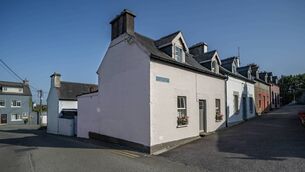SPOILT FOR CHOICE WITH FLOORING
YOUR floor presents a huge area to the eye, and refreshing your floors can be a fast and economical way to improve the look and performance of a room. There are plenty of fast flooring choices for DIY enthusiasts, but the first thing to know is your limits. Weight, volume and installation challenges can make this a tough job. Generally, the more the flooring costs per square metre the more you should consider getting professional help. Bunging up a piece of inexpensive vinyl is one thing, but playing fast and loose with solid stone is a financial tragedy.













